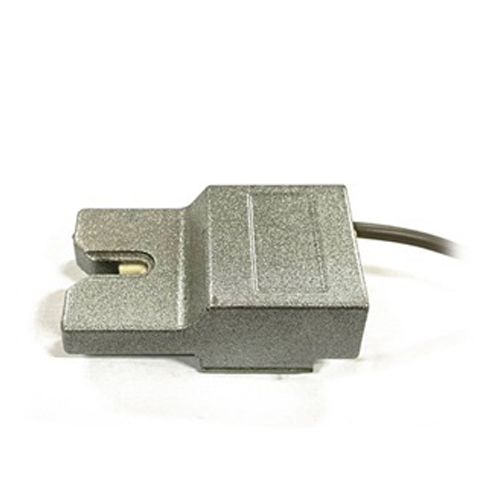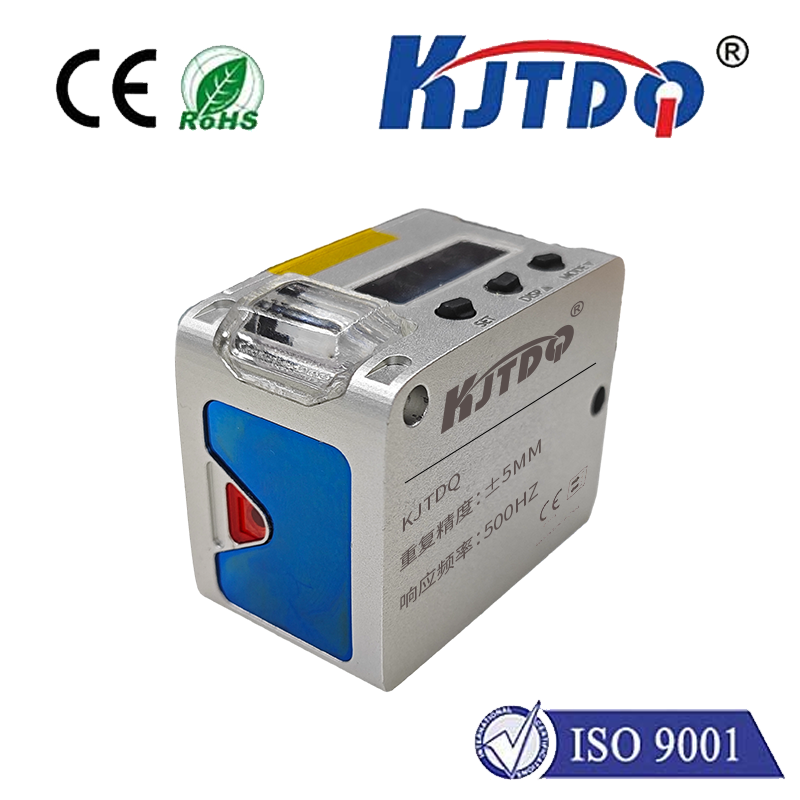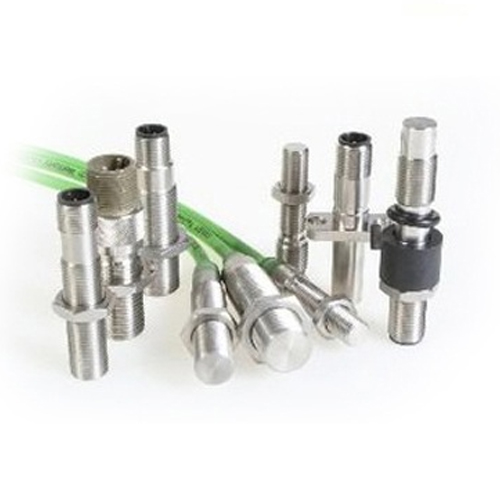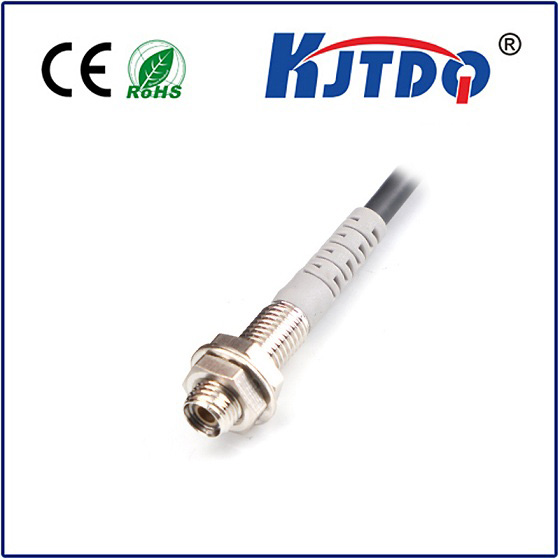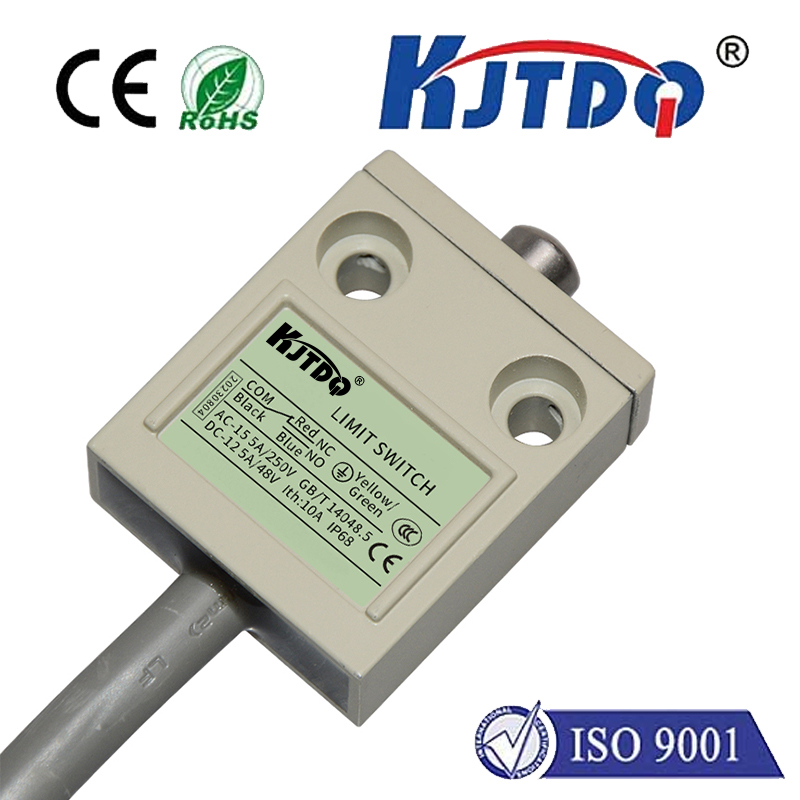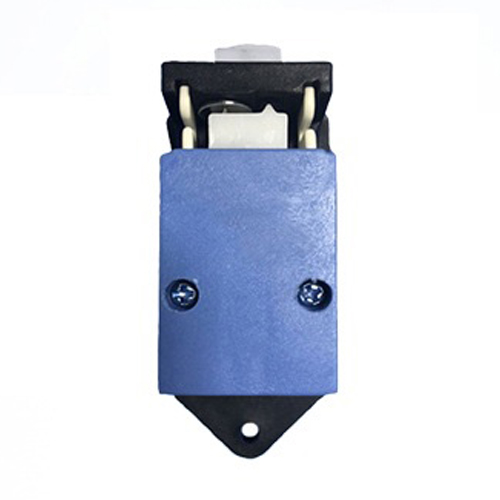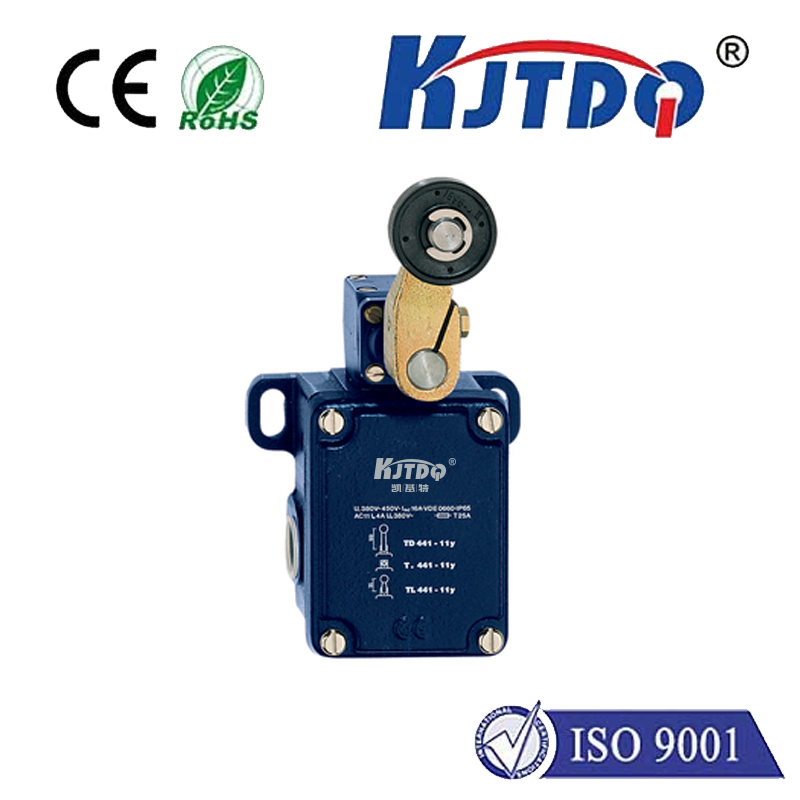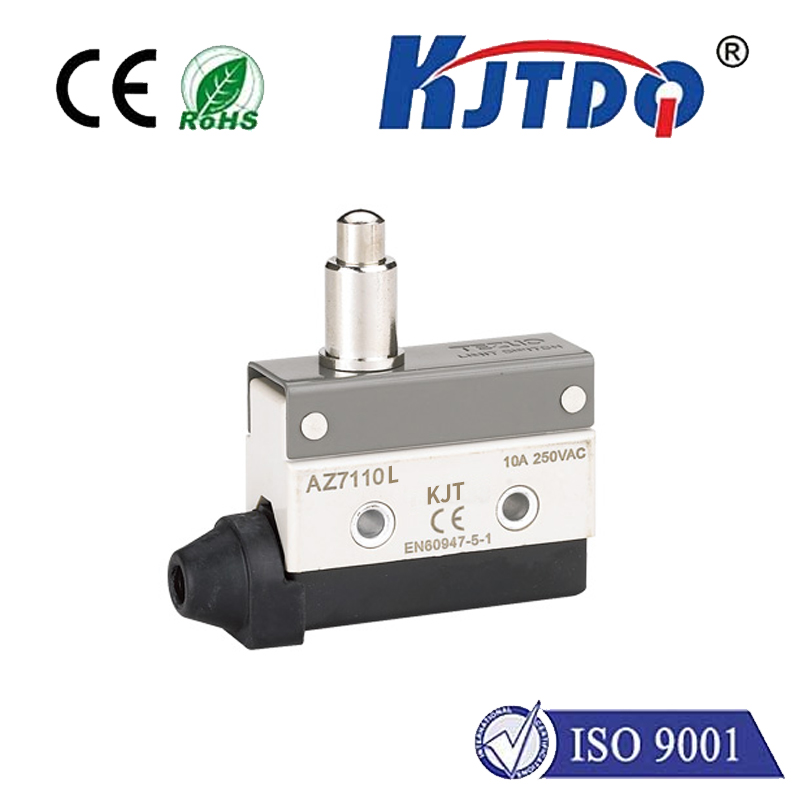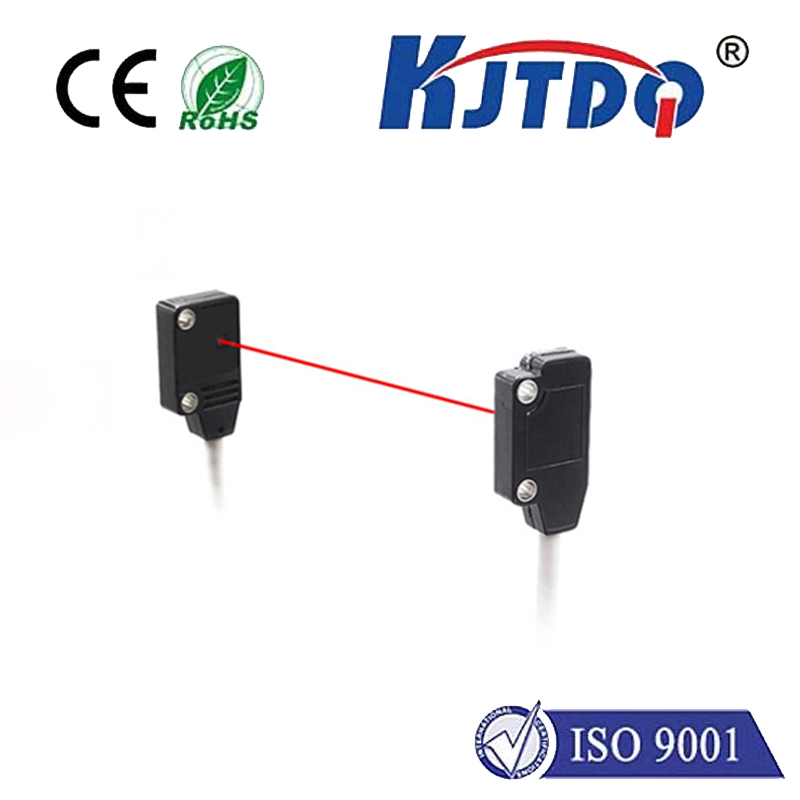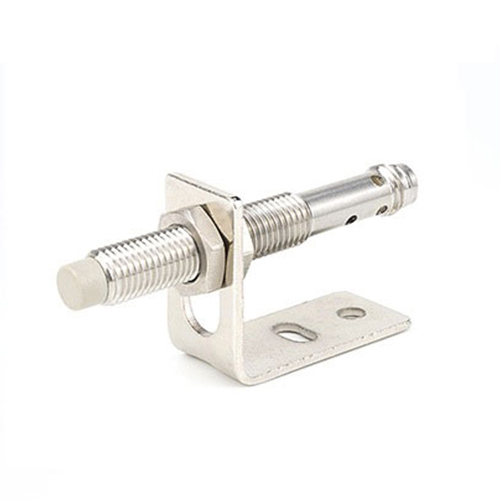BES00E3 proximity sensor
- time:2025-10-15 04:11:59
- Click:0
BES00E3 Proximity Sensor: Precision Detection for Robust Industrial Automation
Imagine a high-speed production line. Components whiz by, robotic arms move with lightning precision, and assembly processes happen in the blink of an eye. Suddenly, a critical part isn’t detected. The line jams, alarms blare, and costly downtime begins. This scenario underscores the vital role of reliable sensing technology. At the heart of preventing such disruptions lies the humble yet indispensable proximity sensor, and models like the BES00E3 exemplify the engineering excellence required in demanding industrial environments. This article delves into what makes the BES00E3 a key player in non-contact detection, exploring its technology, advantages, and essential applications.
Understanding Inductive Proximity Sensors: The Core Technology
The BES00E3 belongs to the family of inductive proximity sensors. Their operation is elegantly simple yet highly effective. These sensors generate a high-frequency electromagnetic field from a coil within their sensing face. When a metallic object (typically ferrous metals like steel or iron, or non-ferrous like aluminum, copper, or brass, depending on the sensor’s factor) enters this field, eddy currents are induced on the surface of the target object. These currents cause a measurable change in the sensor’s own oscillation circuit’s energy loss or amplitude.
This change is detected by the sensor’s internal circuitry, which then triggers a switching signal (ON/OFF). Crucially, this happens without any physical contact between the sensor and the target. This non-contact operation is fundamental to their advantages: minimal wear, long operational life, high reliability, and the ability to detect objects through non-metallic materials (like plastic or paint layers covering the metal). They excel in dirty, oily, or wet conditions where mechanical switches would quickly fail or optical sensors could be obscured.
Dissecting the BES00E3: Key Features and Specifications

While specifications can vary slightly depending on the exact variant and manufacturer (the “BES00E3” designation often aligns with specific industry standards or manufacturer part numbering), typical characteristics define this sensor’s capabilities:
- Sensing Principle: Inductive
- Sensing Distance: Commonly specified at a nominal range (e.g., 3mm for a typical M18 threaded barrel sensor). The effective sensing distance (Sn) is a crucial specification, often standardized (e.g., Sn = 3mm).
- Output Type: Available in various configurations:
- NPN Normally Open (NO) or Normally Closed (NC): Common for compatibility with many PLCs.
- PNP NO or NC: Widely used in European machinery.
- Analog Output (e.g., 0-10V, 4-20mA): Some variants provide continuous distance measurement.
- Housing: Typically robust materials like nickel-plated brass or stainless steel (e.g., M18 x 1 threaded barrel), offering excellent resistance to mechanical stress and industrial chemicals.
- Environmental Protection: High Ingress Protection (IP) ratings, such as IP67 or IP68, signifying complete protection against dust ingress and resistance to temporary (IP67) or prolonged (IP68) immersion in water. This makes the BES00E3 suitable for washdown environments or outdoor use.
- Switching Frequency: Determines how rapidly the sensor can detect objects passing by (e.g., 1 kHz allows detection of objects moving at high speeds).
- Voltage Range: Operates on standard DC voltages, commonly 10-30V DC, compatible with most industrial control systems.
- Temperature Range: Wide operating temperature tolerance (e.g., -25°C to +70°C), ensuring functionality in harsh thermal environments.
- Short-Circuit & Reverse Polarity Protection: Built-in safeguards protect the sensor and connected circuitry from wiring errors or faults.
Why Choose a Sensor Like the BES00E3? Key Advantages
The combination of its inductive technology and robust design gives the BES00E3 proximity sensor distinct advantages:
- Extreme Reliability: Non-contact operation and rugged housing lead to virtually maintenance-free performance and long service life, minimizing downtime.
- Environmental Ruggedness: Resistance to dust, moisture, oils, coolants, and vibration makes it ideal for factories, foundries, food processing, and mobile equipment.
- High Speed & Precision: Capable of detecting fast-moving or small metallic objects accurately and repeatably at its specified sensing distance.
- Versatility: Available in different outputs, sensing ranges, housing styles (like cylindrical M8, M12, M18, M30, or block styles), and connection types (cable or connector variants) to fit diverse application needs. The BES00E3 designation often implies a specific, well-proven form factor in the M18 range.
- Immunity to Ambient Conditions: Unlike optical sensors, it performs reliably regardless of ambient light conditions, smoke, or steam, and is unaffected by target surface color or reflectivity (as long as the material is metallic).
- Cost-Effectiveness: Offers a highly reliable sensing solution at a competitive price point for industrial automation.
Essential Applications in Automation and Machinery
The BES00E3 inductive proximity sensor is a workhorse found across countless industries, performing critical detection tasks:
- Position Verification: Confirming the presence, absence, or end position of components, pistons (via metallic targets), tools, or pallets on conveyor lines, assembly stations, and CNC machines.
- Object Counting: Tallying metallic parts moving past a point on a conveyor or through a chute.
- Speed Monitoring: Detecting teeth on gears or notches on rotating shafts to measure rotational speed.
- Level Detection: Monitoring the position of metal floats in tanks or detecting when a bin of metal parts is full.
- Machine Safety: Used in conjunction with safety circuits to confirm guard doors are closed or safety mechanisms are engaged (though they are not safety sensors themselves unless specifically designed and certified as such).
- End-of-Stroke Detection: Sensing the arrival of cylinders or actuators at their extended or retracted positions using metallic flags.
- Cam Position Sensing: Detecting cam lobes on rotating equipment in packaging machinery, printing presses, and textile equipment.
Installation and Considerations
To ensure optimal performance of the BES00E3 or similar inductive sensors:
- Mounting: Ensure the sensing face is correctly aligned with the target path. Most cylindrical sensors like the BES00E3 are threaded for easy mounting in standard holes.
- Sensing Distance: Adhere strictly to the nominal sensing distance (Sn) and understand reduction factors for non-ferrous metals. Maintain a slight safety margin between the operating point and Sn.
- Target Material: Confirm the sensor is suitable for the target metal. Ferrous targets (steel) provide the maximum sensing range. Non-ferrous targets (aluminum, brass, copper) will have a significantly reduced range.
- Target Size: The target must be large enough to reliably trigger the sensor at the required distance. Minimum target size is usually specified.
- Flush vs. Non-Flush Mounting: Flush-mountable sensors (like many BES00E3 variants) can be embedded in metal without affecting operation, while non-flush sensors require clearance around the sensing face. Choose the appropriate type for your mounting configuration.
- Environmental Factors: While rugged, avoid extremely aggressive chemicals unless the sensor housing is explicitly rated for them. Ensure operating temperatures stay within the specified range.
- Electrical Connections: Wire according to the datasheet (NPN/PNP, NO/NC) and ensure proper voltage and polarity. Protect cables from abrasion.
Conclusion
In the intricate dance of modern automation, dependable object detection is non-negotiable. The BES00E3 proximity sensor, embodying the robust and reliable nature of inductive sensing technology,






